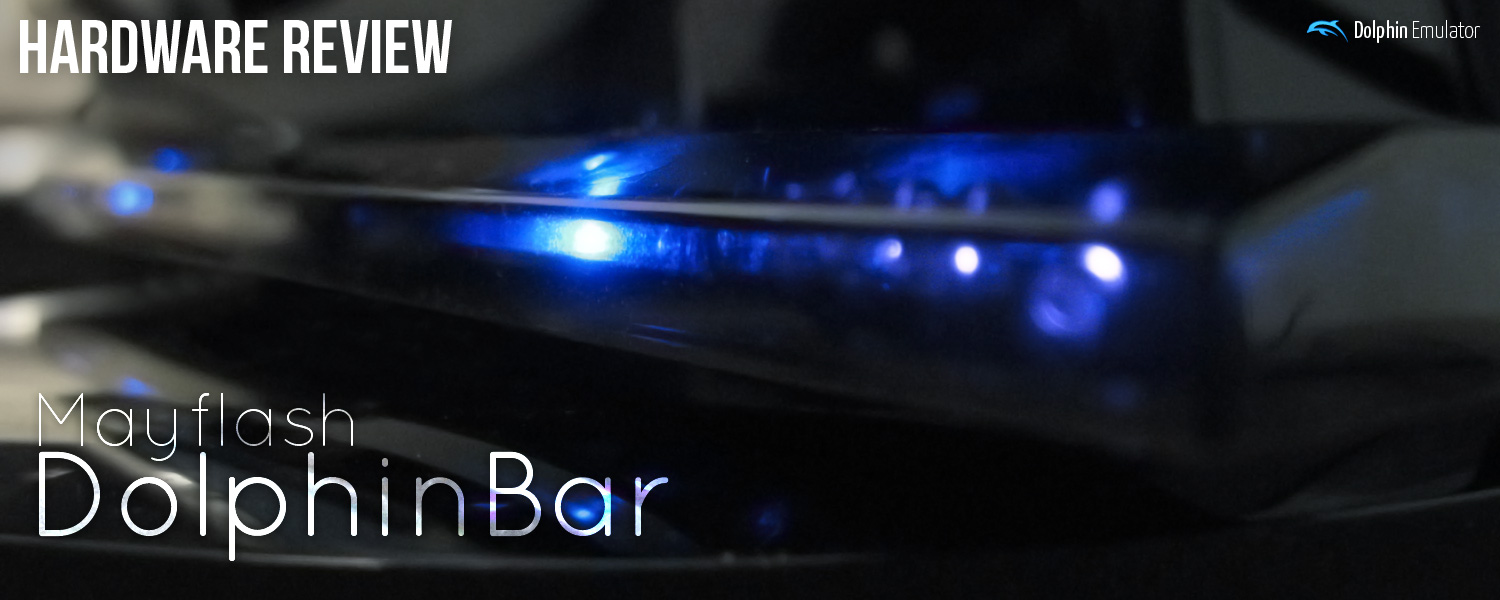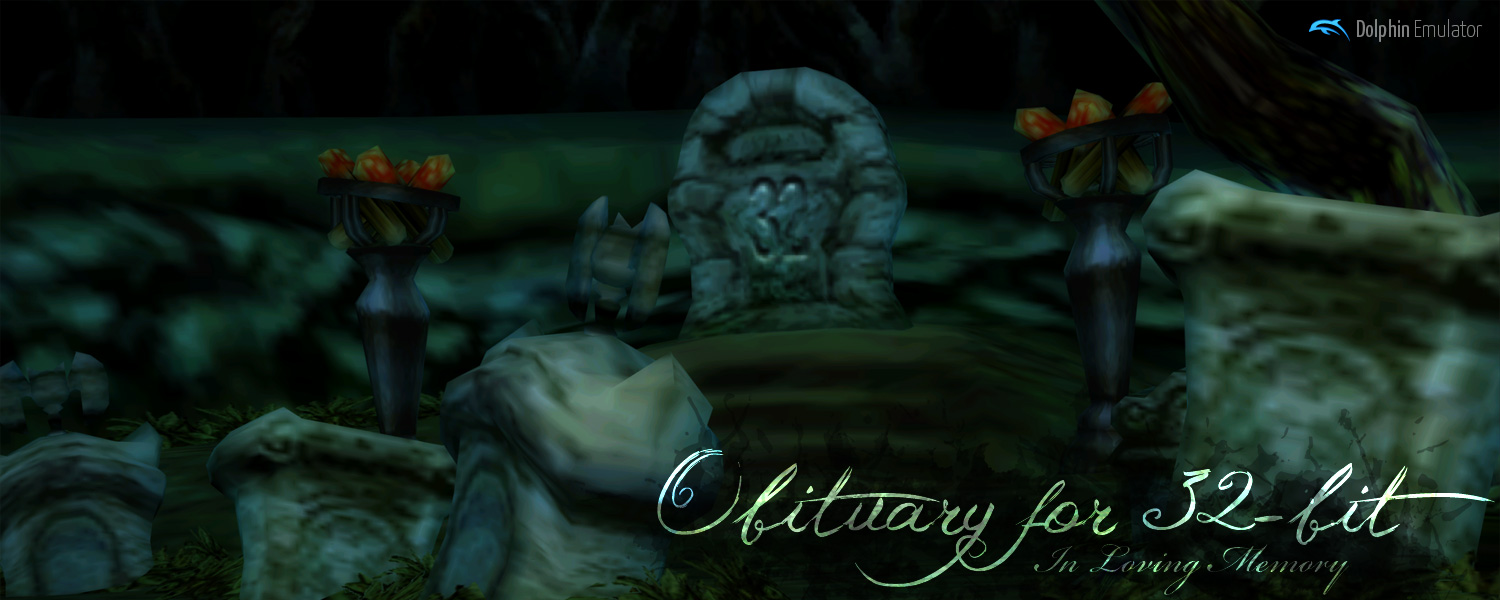A single merger can represent days, months, or even years of work. Most of the commits are relatively small, but once in a while you get absolutely huge changes like Tev_Fixes_New or the GLSL rewrite that span across years between initial concept and merged code. There's a special sense of accomplishment when one of the long awaited changes finally show up in the emulator. The number of commits and the amount of code changed; neither of those indicators often tell of the trials faced by the contributor over …
Okumaya devam et
Bu konu hakkındaki tartışmaya forum konusu üzerinden devam edebilirsiniz.
Optimizations seem to beget even more optimizations. It was big news when last month we got a nifty 26% boost in CPU performance, but somehow, two dedicated devs managed to top it this month. Not to be upstaged by Fiora , comex has dropped new features and two absolutely gigantic performance commits. By making tricky use of registers and native RET behavior, two of his merges alone result in a massive 16% performance boost to games.
Not to be outdone, Fiora has continued her rash …
Okumaya devam et
Bu konu hakkındaki tartışmaya forum konusu üzerinden devam edebilirsiniz.
This month, the story can't be anything else but CPU optimizations and fixes, after Fiora decided that if the code is in the JIT, she will make it faster. Nothing is safe from her. Since the end of July, Dolphin's JIT CPU core has seen a 26% performance boost in the Dolphin Benchmark. That is not a typo.
On the accuracy front, we've got some nifty changes that fix bugs going back to the beginning of time for Dolphin. Some ancient audio bugs bite the dust, some …
Okumaya devam et
Bu konu hakkındaki tartışmaya forum konusu üzerinden devam edebilirsiniz.
Update: Since the creation of this article, Bluetooth Passthrough has been created as a new option for Wii Remote connectivity. By taking over the drivers of a Bluetooth Adapter, it allows unprecedented support for Wii Remote features, including the speaker and even 3rd party Wiimotes. However it doesn't work on all bluetooth adapters, and requires some setup to work. Even though it may not be the best option anymore, the DolphinBar remains a very easy all-in-one option for Wii Remote functionality, and we still recommend it for …
Okumaya devam et
Bu konu hakkındaki tartışmaya forum konusu üzerinden devam edebilirsiniz.
In programming users usually don't see or care about what's going on on the inside all that much. All those boring code optimizations may make things easier for the developers and slowly improve the emulator, but hard-to-quantify changes are not exactly exciting. This month was full of those, with several hundred changes yet very little the general user would find interesting. Nevertheless, in the sea of code improvement, there are some real treasures: big performance improvements, some ancient bugs squashed, regression fixes, and some exciting new features to …
Okumaya devam et
Bu konu hakkındaki tartışmaya forum konusu üzerinden devam edebilirsiniz.
When an open source project is really working, things can move frighteningly fast. One developer can focus on a feature while others are reviewing the code and preparing it for merge, allowing things to move forward in a very streamlined fashion. This not only gets things done faster, but each coder can specialize in what they do best, producing the best possible product for the user base.
When things come together just right, months like this can happen. The June Progress Report is a massive monument to months …
Okumaya devam et
Bu konu hakkındaki tartışmaya forum konusu üzerinden devam edebilirsiniz.
The single greatest mission of an emulator is the preservation of a console and its games. The Dolphin team has made a commitment to that, especially over the past two years. After nearly a decade of guesswork, hacks, and "good enough" emulation, the developers took a stand to strive for something greater. This change in goals has forced difficult decisions had to be made again and again.
This past month has been one filled with the benefits of working with an accuracy oriented mindset. Not only …
Okumaya devam et
Bu konu hakkındaki tartışmaya forum konusu üzerinden devam edebilirsiniz.
Ten years ago Dolphin was a very limited program designed to run in only one environment. It was a 32-bit Windows application that required Direct3D 9 with no alternatives. A lot of things have changed since then as Dolphin has expanded its goals. The emulator has become much more robust over time with support added for 64-bit Windows, Linux, Mac OS X, FreeBSD, and even Android phones and tablets!
Sometimes though, changes must be made. Some choices require months of preparation, discussion, examination, while others are …
Okumaya devam et
Bu konu hakkındaki tartışmaya forum konusu üzerinden devam edebilirsiniz.
The GameCube GPU is a complex, tight-knit piece of hardware with impressive features for its time. It is so powerful and so flexible, it was used unmodified within the Wii architecture. For a comparison, just imagine a SNES running with an NES's graphics system. This is completely unheard of, before or since. The GameCube is a remarkable achievement of hardware engineering! With its impressive capabilities, emulating the GameCube's GPU has been one of the most challenging tasks Dolphin has ever faced.
As well as …
Okumaya devam et
Bu konu hakkındaki tartışmaya forum konusu üzerinden devam edebilirsiniz.
Update: There is an issue with the Nvidia drivers that kept buffer storage from being utilized properly on Windows: they do not report the driver version. Since the Linux version of the driver reports its version correctly, the Dolphin devs assumed that the nvidia drivers would report it and used a version check to make sure ARB_buffer_storage was only utilized on drivers that actually support it. Because of this issue, even the latest drivers that support the function failed the version check and Dolphin didn't use buffer_storage on Windows. And thanks to an unrelated bug discovered later, the …
Okumaya devam et
Bu konu hakkındaki tartışmaya forum konusu üzerinden devam edebilirsiniz.








